Vitality of craft villages in Bac Giang
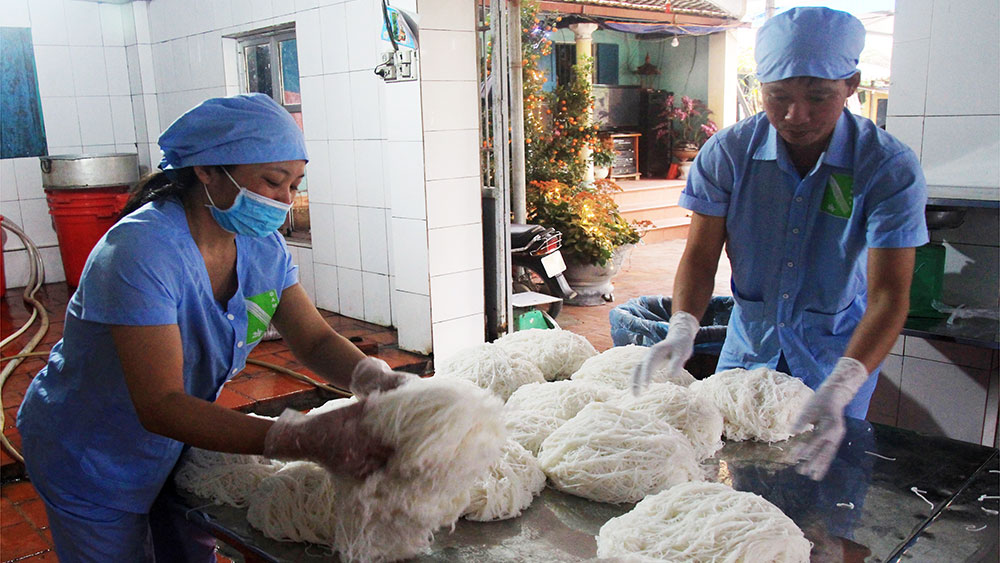 |
|
Production of “bun” (vermicelli) at a craft household at the Thang Thuy production establishment in Hoa Son residential area in Da Mai |
Expand the market
Going to the Bai Oi carpentry village in Dinh Tri commune on a spring day, Nguyen Dinh Thinh, head of the Bai Oi woodwork cooperative, said that when infrastructure at the Bai Oi industrial cluster will be completed and put into operation by mid-year, the cooperative will build its headquarters and issue regulations relating to members’ responsibility, ensuring quality products and prestige of the cooperative.
From only a dozen of households in the past, the village is now home to 71 households involving carpentry, with 59 of them being members of the cooperative.
Carpentry generates jobs for 250 laborers aged 20-55 with an average income of about 5 million VND (219.6 USD) per worker per month, while that of skilled workers is 8 million VND (351.5 USD). Thanks to the members’ dynamism and capacity, their products have been introduced in various localities including Hanoi, Hai Phong, Da Nang, Khanh Hoa, Binh Thuan, and imported to China.
Machinery and equipment help increase productivity, diversify items and improve quality, creating sophisticated wooden furniture winning customers’ interest.
Dinh Ke ward has nearly 100 families producing
Ke rice pancake and Dinh Ke rice noodle cooperatives were established to enhance links between production and consumption, along with raising public awareness, responsibility and benefit of local people. Nguyen Xuan Truong, head of the Ke rice pancake cooperative, said the products are consumed quickly, they run out as soon as when they are made.
Bun (rice vermicelli) making in Da Mai has seen the stable operation and new development. Aside from the good consumption in rice vermicelli,
The volume of sold rice vermicelli and cakes was about 20 tonnes a day, nearly twice against that of normal days. Besides, nearly 100 tonnes of
Soon improve infrastructure for concentrated production areas
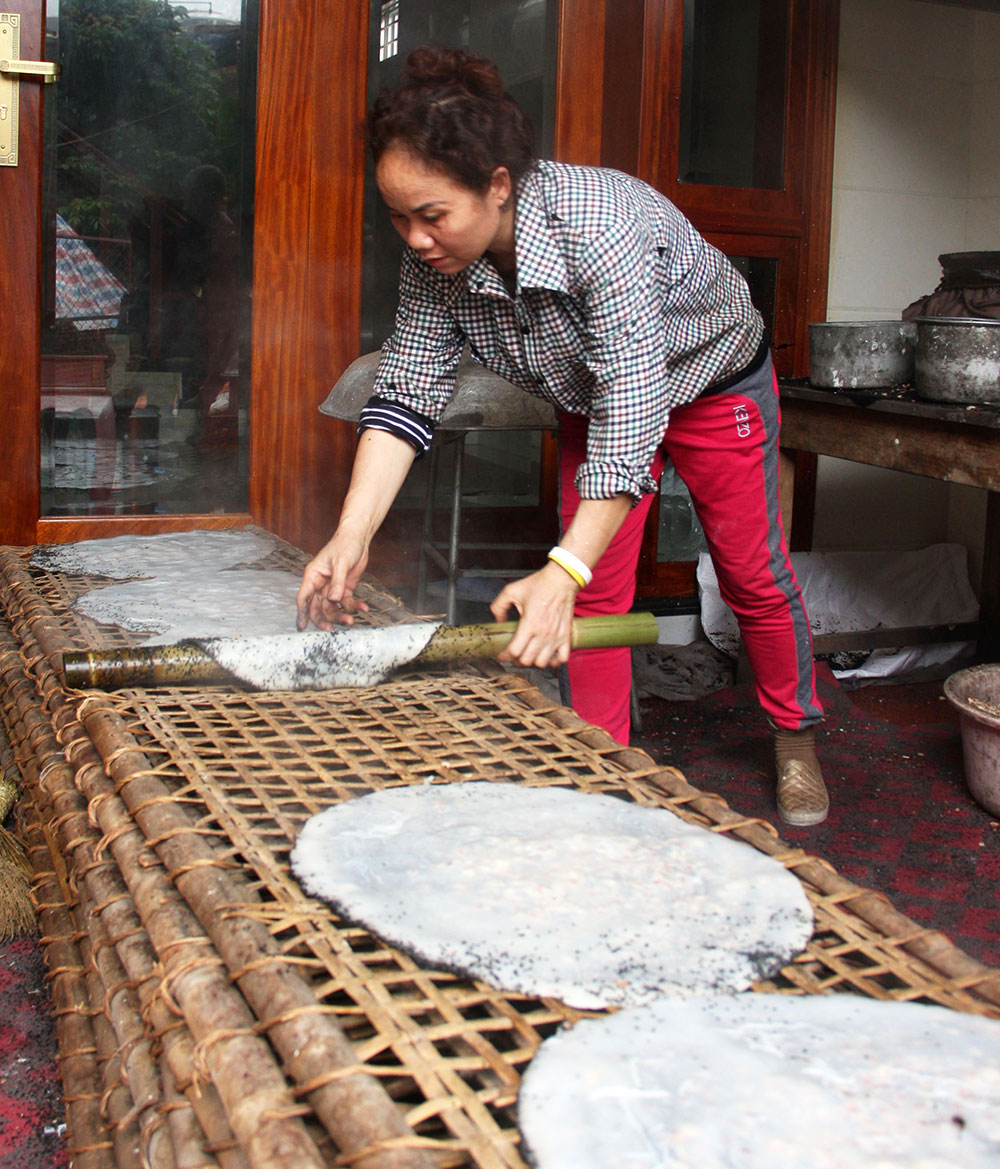 |
|
A stage of producing “banh da Ke”, Bac Giang’s famous sesame rice crackers. |
Bac Giang city has given active support to the craft villages’ production and business for them to develop sustainably. The villages for well-known carpentry, my,
The city has provided funding to develop some craft villages as key examples and help them attend trade fairs and promotion events. It has also zoned off industrial clusters and craft villages and relocated craft villager households to concentrated areas to control pollution.
The my, banh da and bun making villages have been guided to apply technology to make products and ensure food safety. Many villagers have invested hundreds of millions of Vietnamese dong to renovate their workshops, purchase machines and equipment, and build a sewer to improve environmental sanitation. The producers in these villages have been also given regular training on food safety.
However, challenges have remained for the villages. Banh Da Ke Cooperative, which gathers households producing local famous sesame rice crackers, has provided five high-capacity electric drying ovens to members with large-scale production. But these ovens have not been fully utilized, due to the producers’ concern over high power prices, negatively affecting their supply stability.
Production land has been narrowed due to the fast pace of urbanization so the producers take advantage of every little space available to dry the rice crackers and noodles, affecting food hygiene.
Elderly people in the Da Mai bun making craft village and local authorities feel worried about the fact that many young people villagers do not want to take over the traditional craft even though the profession earns their families big money.
Only the 8.6-hectare Bai Oi industrial cluster in Dinh Tri commune received investment worth up to 90 billion VND (3.9 million USD) from the city’s local budget for infrastructure construction. The zoning off of other craft villages is still on papers.
Chairman of the People’s Committee of Da Mai Ward Nguyen Manh Thai said the ward wants Bac Giang province, the city and relevant agencies and experts will continue backing and speeding up the infrastructure improvement at the concentrated industrial production areas and help develop trade-production complexes that also offer tourist experience.
It will help reduce pollution and facilitate the development of craft businesses, he added.
Kim Hieu
 Bắc Ninh
Bắc Ninh

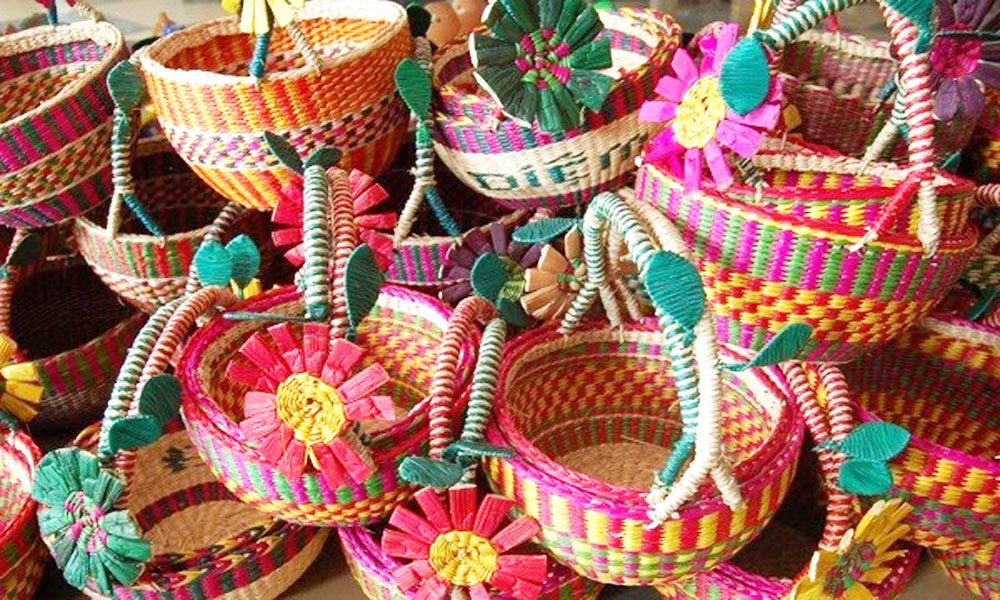

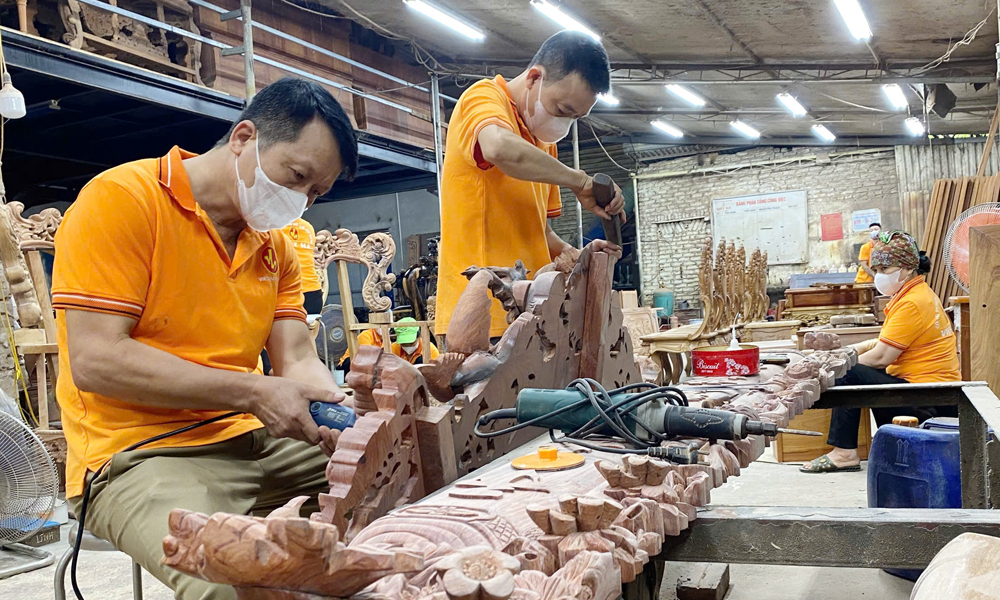

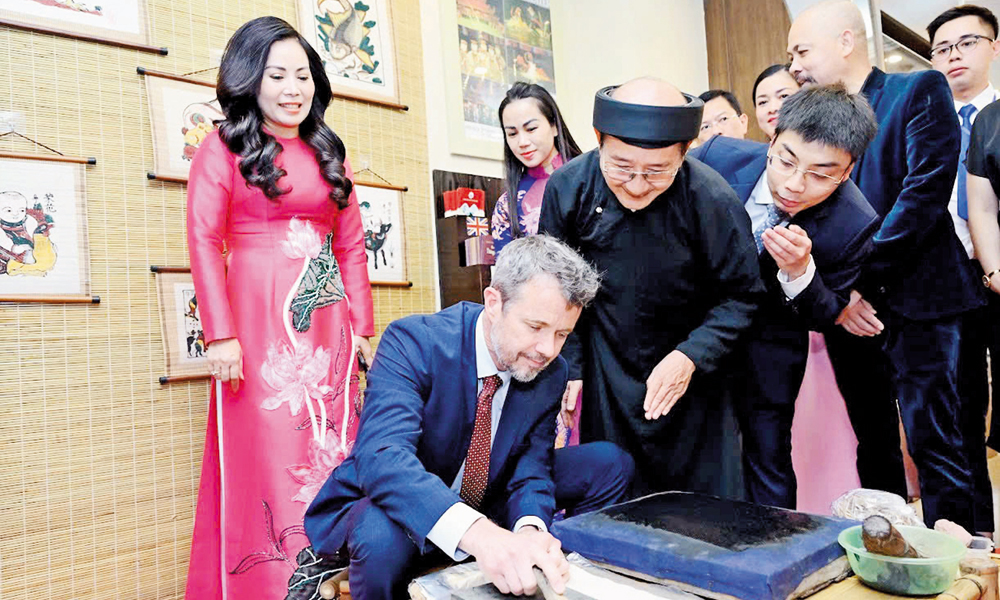
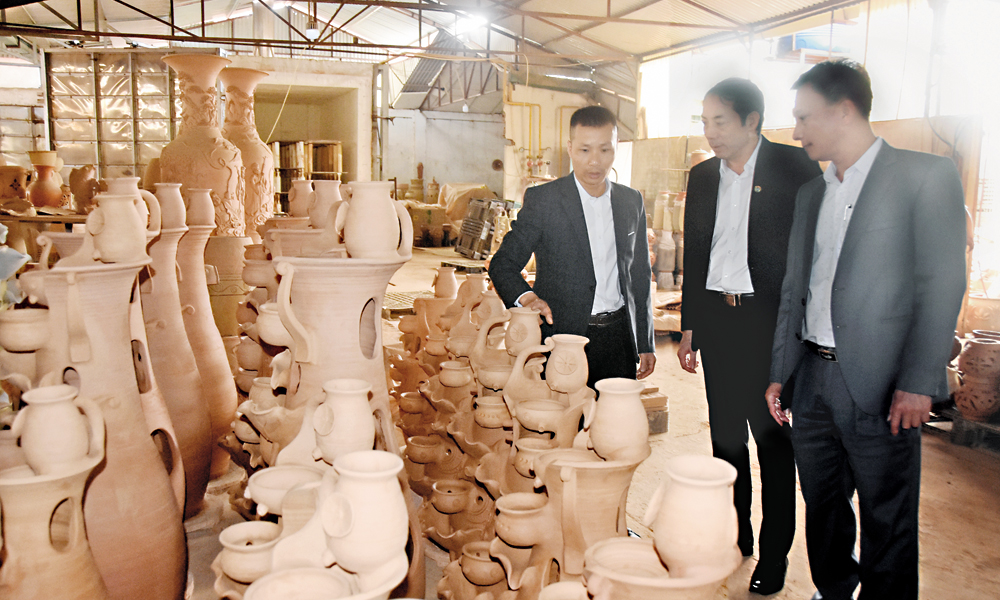



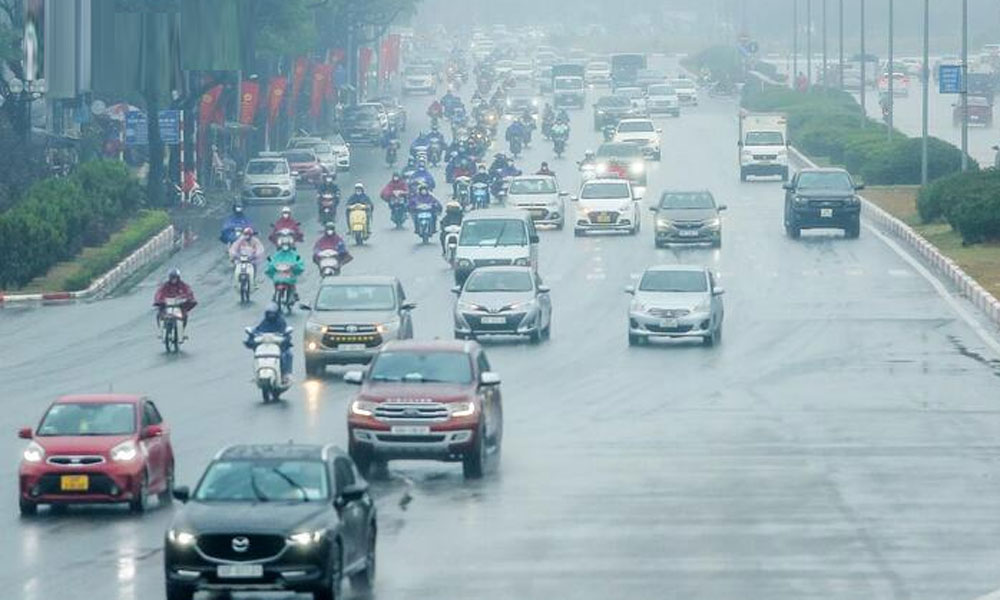



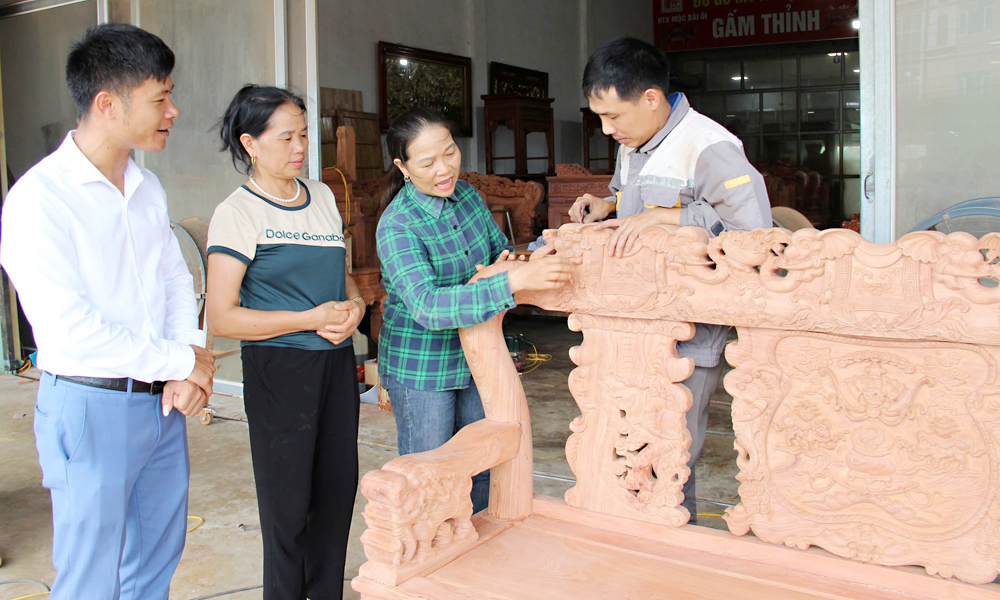
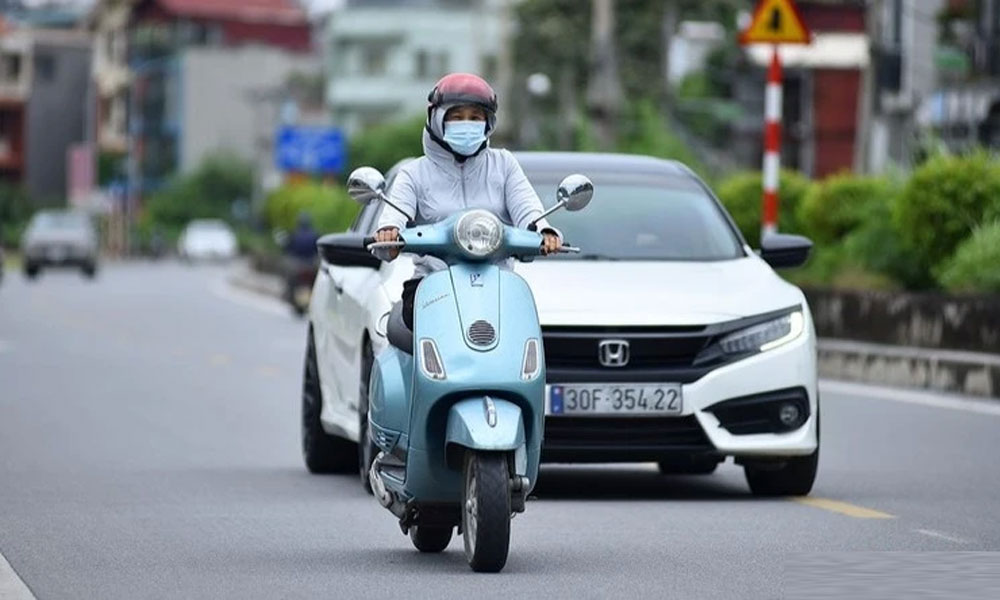
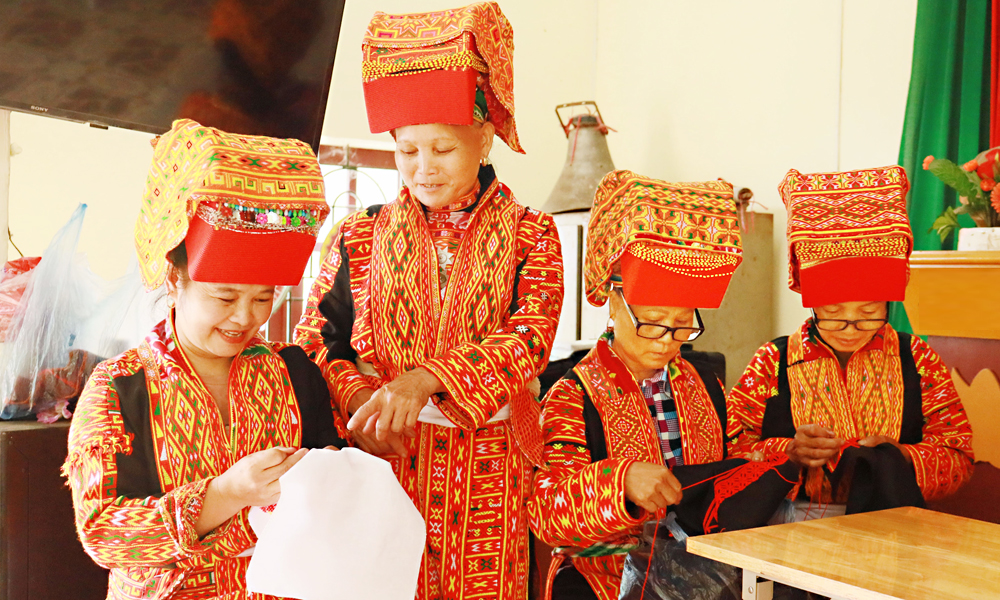
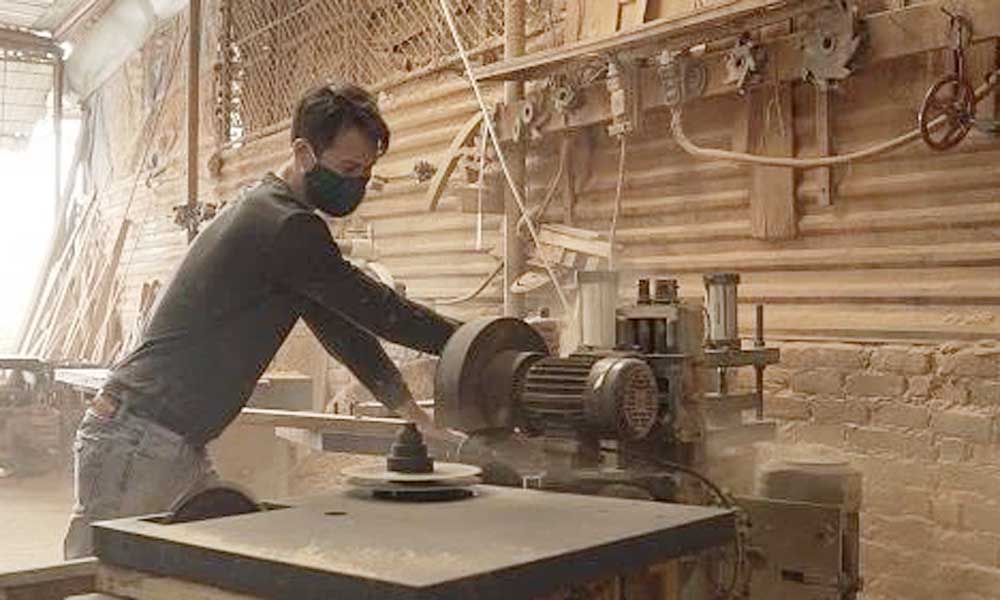
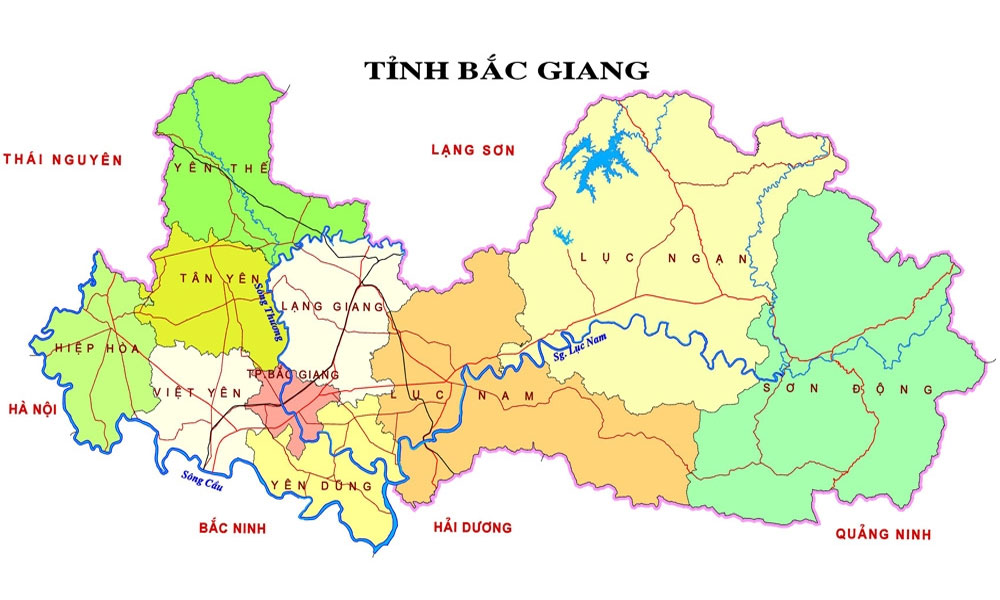
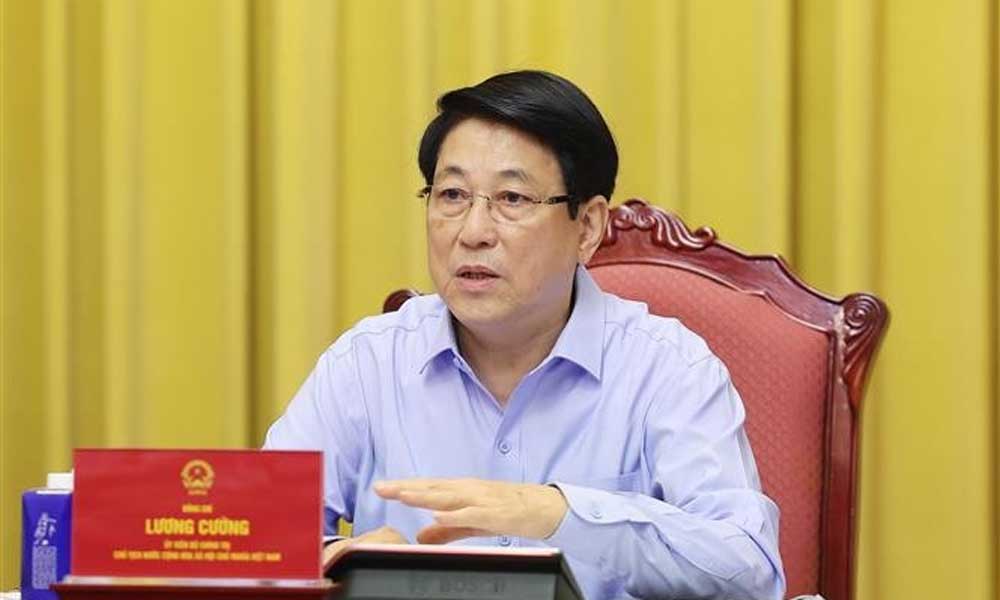
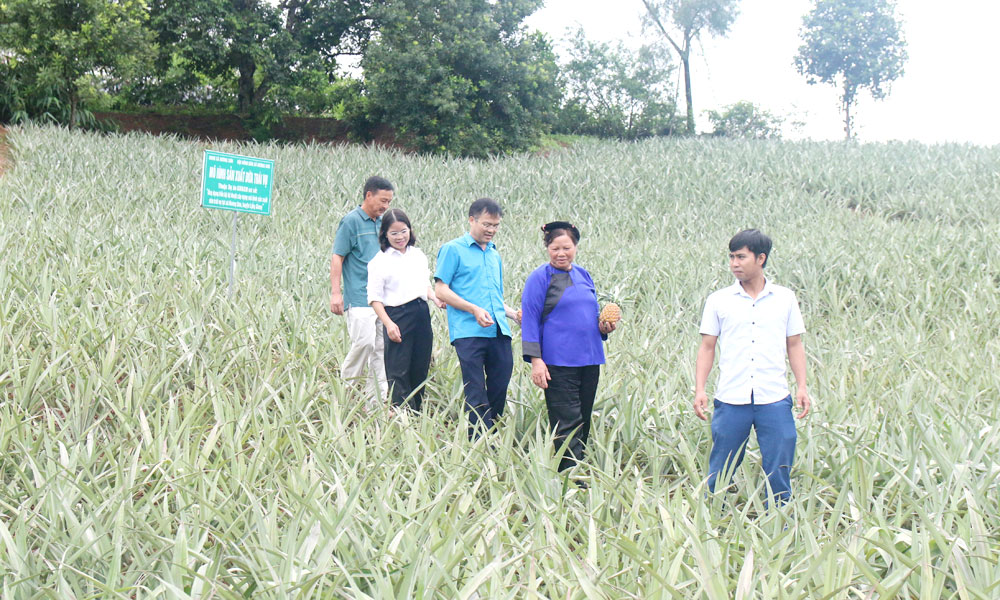

Reader's comments (0)